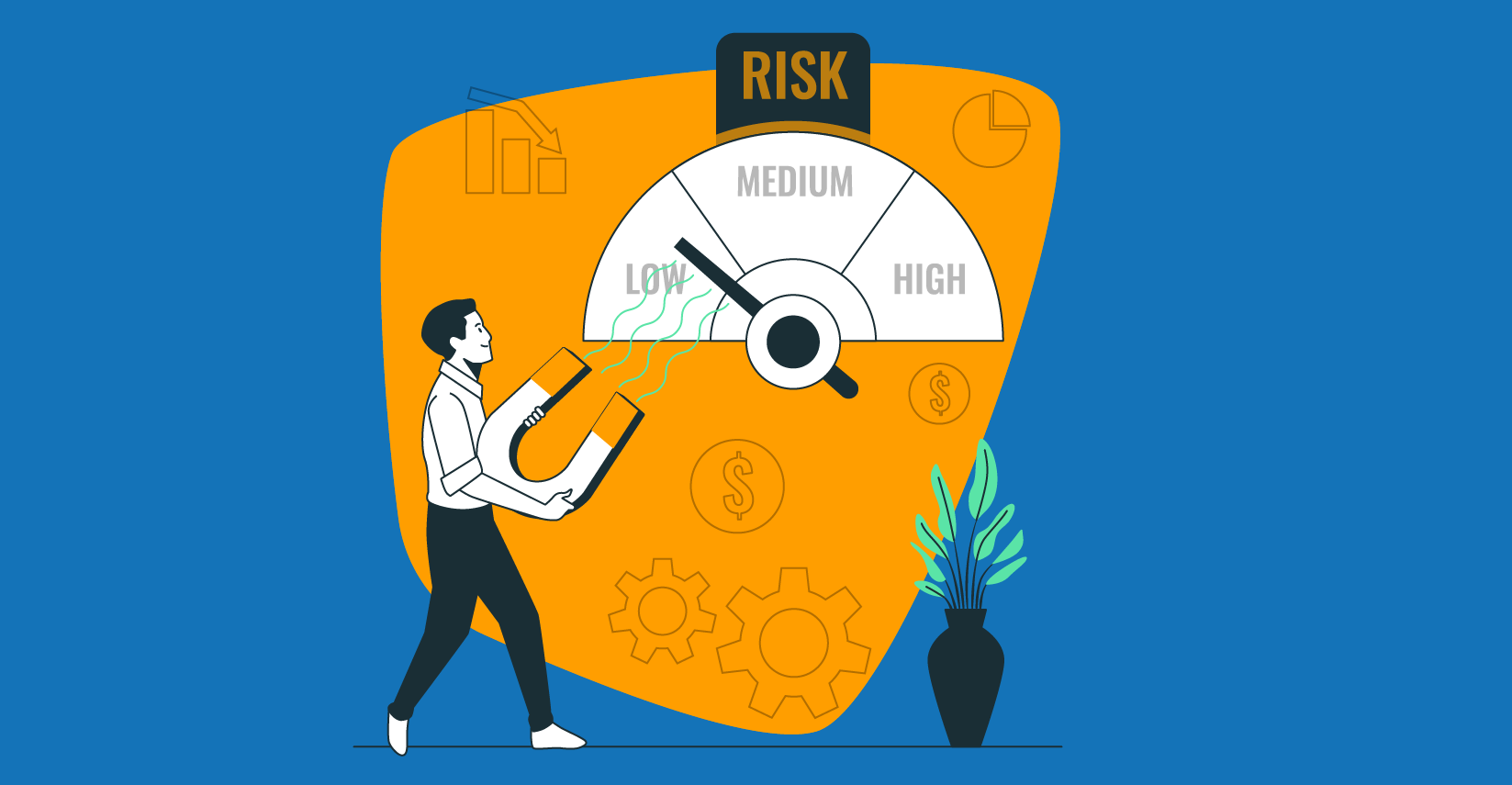Performance Testing Services: Optimizing Your Website’s Performance

- July 11, 2023
- admin
As the internet has become a vital part of our daily lives, businesses are rapidly adapting to the digital space. A website is one of the most important tools for any company to have a digital presence. But building a website is not enough. It should also perform well in terms of speed, reliability, and user experience. A slow and unresponsive website can frustrate users, leading to a negative impression of your business. This calls for optimizing your website’s performance using performance testing services.
The performance of a website is influenced by a lot of variables, including server response time, page size, amount of requests, and more. Therefore, optimizing a website’s performance requires a multi-faceted approach.
As an SQA expert, I will outline some key strategies for optimizing website performance in this blog.
Key Performance Testing Services to Optimize Your Website
Conduct Performance Testing
Before you start optimizing your website’s performance, you need to have a baseline measurement of how it currently performs. That’s where performance testing comes in.
In order to find possible bottlenecks and opportunities for improvement, performance testing involves assessing a website’s performance under various circumstances.
There are various types of performance testing available, such as:
- Load testing
- Stress testing
- Endurance testing
Load testing simulates user traffic and measures the website’s response time, while Stress testing evaluates the website’s stability under extreme traffic conditions. Endurance testing measures the website’s ability to handle continuous traffic over an extended period.
Performance testing will help you understand how your website behaves under different traffic scenarios and identify performance issues that need to be addressed.
Optimize Page Load Time
One of the most critical factors that affect website performance is page load time. Users expect websites to load quickly, and a delay of even a few seconds can lead to frustration and a negative experience.
You must make your web pages smaller in order to optimize page load time. This can be accomplished by:
- Minimizing the number of HTTP requests
- Compressing images and videos
- Minifying code
Moreover, you can use browser caching to speed up loading for regular visitors.
Using a Content Delivery Network is another approach to decreasing the time it takes for a page to load. A content delivery network (CDN) is a group of geographically separated servers that allows users to access content from the server that is closest to them. As a result, load times are shortened because less data must travel farther.
Use a Responsive Design
A responsive design ensures that a website looks good on desktop, tablet, and mobile devices of all sizes. Assuring that your website opens quickly and is user-friendly on all devices is vital for maximizing website performance.
As mobile devices are becoming the main way that people access the internet, you will lose potential consumers if your website is not mobile friendly. All users of your website will be able to access it thanks to responsive design, regardless of the device they are using.
Use a Content Management System (CMS)
A program known as a content management system (CMS) can be used to manage the information on your website. Without any technical knowledge, adding, editing, and publishing material is made simple with a CMS.
A CMS can also help optimize website performance by providing features such as caching, which stores frequently accessed data, making it quicker to access. A CMS can also help you optimize images, compress files, and minify code, all of which can improve website performance.
Monitor Website Performance
Once you have implemented the above strategies, it’s essential to monitor your website’s performance regularly. Monitoring will help you identify any issues that may arise, allowing you to address them promptly.
A website’s effectiveness can be monitored with the help of tools like Google Analytics. Google Analytics offers useful information such as:
- Traffic
- Bounce rate
- Load time
This data can be used to pinpoint performance problems and adjust your website’s optimization accordingly.
Additionally, you can use tools such as Pingdom and GTmetrix to monitor website performance and identify areas for improvement. These tools offer thorough information on a variety of metrics, including page size, request volume, and load time.
You can spot potential problems, such as longer load times or server faults, by keeping an eye on your website’s performance. This guarantees that your website will continue to function at its peak level and will offer a satisfying customer experience.
Conclusion
In conclusion, optimizing website performance requires a multi-faceted approach. Conducting performance testing services to identify areas for improvement, optimizing page load time, using a responsive design, using a CMS, and monitoring website performance are all essential strategies for optimizing website performance.
By following these strategies, you can ensure that your website performs well, provides a positive user experience, and helps your business succeed in the digital space. So, take the time to optimize your website’s performance and reap the benefits of a fast and reliable website.











